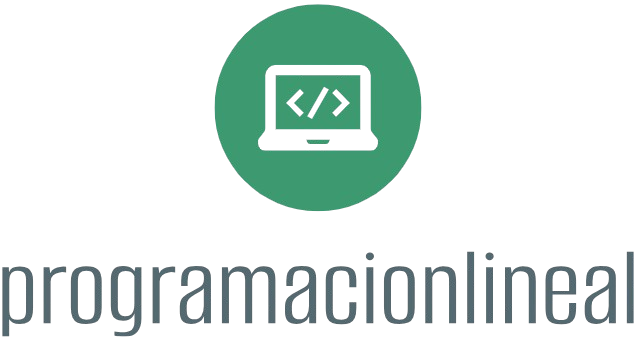Continuous Delivery (CD) is a software development practice that allows teams to release software updates to production more quickly and reliably. It relies on a set of tools and processes that automate the build, testing, and deployment phases of software development. Here are some of the top tools for Continuous Delivery that can help streamline your development workflow:
- Jenkins
Jenkins is one of the most popular open-source automation servers. It enables developers to build, test, and deploy applications automatically. With a rich ecosystem of plugins, Jenkins can support continuous integration and continuous delivery pipelines.
– Key Features:
– Extensive plugin support for various tools and services.
– Easy integration with version control systems like Git.
– Supports pipeline as code, making defining and managing delivery workflows easier.
- GitLab CI/CD
GitLab CI/CD is built into GitLab and allows you to automatically build, test, and deploy your applications. It provides a single application for the entire DevOps lifecycle, simplifying the workflow.
– Key Features:
– Integration with GitLab repositories for seamless version control.
– Easy-to-use YAML-based pipeline configuration.
– Built-in monitoring and security features.
- CircleCI
CircleCI is a cloud-based CI/CD tool that automates the software development process. It integrates well with various VCS and provides powerful workflows for testing and deploying applications.
– Key Features:
– Configurable via YAML files.
– Supports parallel execution for faster builds.
– Integrates with various tools like AWS, Slack, and Docker.
- Travis CI
Travis CI is a continuous integration service that is commonly used for open-source projects hosted on GitHub. It allows you to automatically test and deploy your code every time you make a change.
– Key Features:
– Free for open-source repositories.
– Easy YAML configuration file for setting up build processes.
– Supports multiple languages and platforms.
- Spinnaker
Spinnaker is an open-source, multi-cloud continuous delivery platform developed by Netflix. It allows teams to release software changes rapidly and with high confidence.
– Key Features:
– Supports deployments to multiple cloud providers.
– Advanced strategies for deployment, including canary releases and blue/green deployments.
– Monitor and manage application deployments with ease.
- Octopus Deploy
Octopus Deploy is a deployment automation tool that provides a user-friendly interface for managing the deployment of applications. It works well in conjunction with CI tools like Jenkins, TeamCity, and Azure DevOps.
– Key Features:
– Visual deployment project management.
– Support for various deployment patterns.
– Integration with different build servers and cloud providers.
- Azure DevOps
Azure DevOps is a suite of tools for software development that includes Azure Repos, Azure Pipelines, Azure Test Plans, Azure Artifacts, and Azure Boards, enabling teams to plan, develop, test, and deliver software.
– Key Features:
– Comprehensive toolset for managing development workflows.
– Supports both cloud and on-premises deployments.
– Continuous integration and delivery with built-in pipelines.
- Kubernetes
While primarily seen as a container orchestration tool, Kubernetes plays a significant role in continuous delivery as it helps manage containerized applications. It can be integrated with various CI/CD tools to automate deployments and scaling.
– Key Features:
– Declarative configuration for application deployment.
– Automated scaling and healing of applications.
– Easy integration with CI/CD tools through native support for service discovery and load balancing.
- Terraform
Terraform is an infrastructure as code tool that allows you to define infrastructure for your applications in a declarative manner. It’s useful for managing the infrastructure required for continuous delivery pipelines.
– Key Features:
– Supports multiple cloud providers and services.
– Version control for infrastructure changes.
– Modular configuration for reusable infrastructure components.
- Helm
Helm is a package manager for Kubernetes that simplifies the deployment and management of applications on Kubernetes clusters. It allows for more efficient and repeatable deployments in a continuous delivery pipeline.
– Key Features:
– Facilitates application packaging through Helm charts.
– Easy upgrades and rollbacks of application releases.
– Supports templating to customize deployments.
Conclusion
Selecting the right tools for continuous delivery can enhance your development workflow and improve deployment efficiency. The tools listed here are widely used in the industry and provide various features that can help teams automate their CI/CD processes. Remember that the best choice of tools often depends on your specific project requirements and existing workflows. Experiment with different tools and configurations to find what works best for your team.











